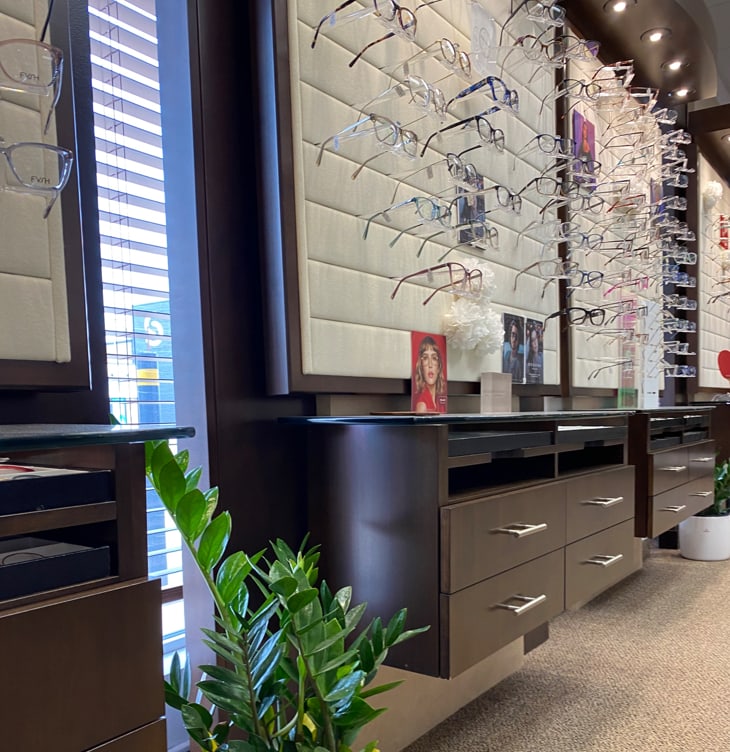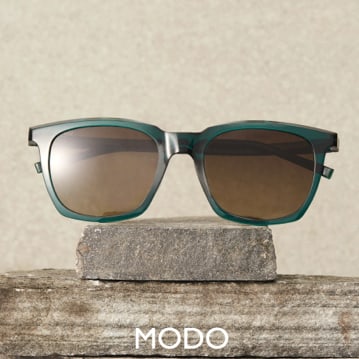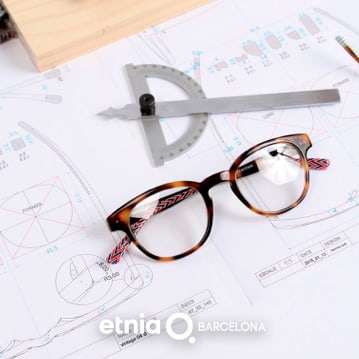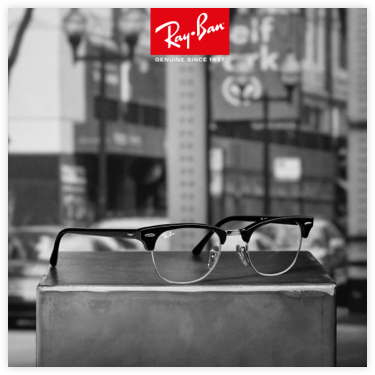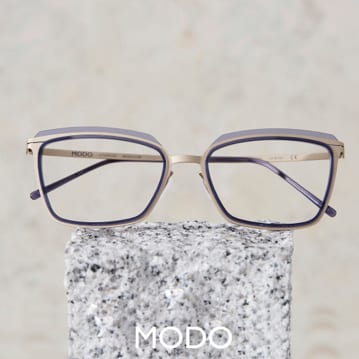When it comes to clear vision, you have options. There are regular eyeglasses, regular contact lenses, and even specialty lenses with different purposes. However, a prescription isn’t universal—there are some key differences between contact lenses and eyeglasses prescriptions. During your eye exam, your optometrist will take several measurements to get an accurate prescription.
Contact lens prescriptions account for the shape of your eye and the material of the lens. Meanwhile, eyeglass prescriptions are measured for lenses positioned at a distance. These variations are essential to giving you the right fit, comfort, and effectiveness.
How Prescriptions For Glasses & Contacts Work
Your prescription is the specific numbers needed for clear vision. However, it changes depending on whether you wear glasses or contact lenses.
For glasses, the prescription is designed for lenses that sit at a small distance from your eyes, which is called the vertex distance. This space affects how light refracts to correct your vision. This prescription relies on how far the lens is designed to sit from your eye to give you clear vision. The specific value of the vertex distance may be part of the prescription if you have a significant amount of correction.
Contact lenses, on the other hand, rest directly on the surface of your eye. This means their measurements focus on the curvature, size, and material of the lenses. Contacts need to match the shape of your eye for proper placement and comfort. They even account for factors like your natural tear production, the position of the eyelids, and your specific comfort levels.
To relay this information, the specific factors are written in numerical formatting beside abbreviations. So how do you read a prescription?
What Do The Numbers On A Prescription Mean?
The numbers and abbreviations on your prescription may seem like a code, but each one serves a purpose. Here’s what they typically mean:
- SPH (Sphere): This is the power needed to correct nearsightedness or farsightedness.
- CYL (Cylinder): This is the correction strength needed for astigmatism.
- AXIS: Orientation of the astigmatism correction.
- ADD (Addition): This is the extra magnifying power included in multifocal or bifocal lenses.
- PD (Pupillary distance): This is the distance between the center of your pupils.
Each of these will be tagged with one of the following:
- OD or RE: This refers to your right eye, in case there is a difference in prescription.
- OS or LE: This refers to your left eye, for the same.
- OU: This is used when both eyes have the same prescription.
Contact lenses will also include additional numbers and letters. These all refer to the specific shape of your eye and similar factors. The main parameters of a contact lens are the base curve (BC), i.e. the curvature of the back surface of the lens, and the diameter (DIA). Specialty contact lenses have many additional parameters due to their high level of customization.
The Pros & Cons Of Contacts
Contact lenses can be an excellent choice for many people. However, they come with their own set of pros and cons.
The pros of contact lenses include:
- They provide a full, unobstructed field of vision without frames getting in the way.
- They’re excellent for sports, active lifestyles, or situations where glasses might be inconvenient.
- Easy to complement your look with non-prescription sunglasses.
- They’re a great way to meet specific needs for unique situations like astigmatism or keratoconus.
The cons of contact lenses include:
- They require daily cleaning and hygienic maintenance, or daily replacement.
- You may need lubricants to maintain comfort and protect the integrity of your cornea.
- They may lead to dryness, irritation, or discomfort with long use.
- They may not be suitable for individuals with certain eye conditions or sensitivities.
Although contacts can be convenient and versatile, they do demand a bit more effort. You need to regularly clean, disinfect, and store your lenses to make the most of your contacts. If you don’t follow proper hygiene practices, you increase your risk of adverse effects, including infections. Despite some risks, contact lenses are considered a safe vision correction solution.
The Pros & Cons Of Eyeglasses
Eyeglasses are a reliable option for vision correction. Despite also having a unique list of pros and cons, everyone can wear eyeglasses and even contact lens wearers should have a pair of eyeglasses as a backup solution in case contact lenses should be discontinued.
The pros of eyeglasses include:
- They’re simple to use and easy to care for.
- They work as accessories with countless styles and colours.
- They often cost less over time when compared to disposable lenses.
- There are several lens designs that can be highly customizable.
The cons of eyeglasses include:
- They can fog up in certain weather or when wearing masks.
- They have limited peripheral vision compared to contacts.
- Lens and frame can induce aberrations which affect the overall vision perception.
- They can feel bulky or uncomfortable during physical activities.
- The lens can get scratched over time and need replacement.
For many people, glasses are the go-to choice for convenience and reliability. However, they may take some getting used to—especially if you lead an active lifestyle.

When To Update Your Prescription
Your prescription won’t stay accurate forever. Over time, your vision can change. Outdated lenses can easily lead to discomfort and frustration, so how do you recognize there’s a problem?
Watch out for signs like:
- Blurred vision or difficulty reading fine print.
- Frequent headaches or eye strain after using your lenses.
- Trouble seeing at night or focusing on distant objects.
- Squinting or needing to move items closer to see clearly.
- Visible scratches or damage to your glasses lenses.
Usually, you should update your prescription every 1-2 years. This can vary depending on your age and overall eye health. It helps to visit your optometrist at least once a year to stay ahead of any changes!
Is Your Prescription Up To Date?
Your prescription plays a big role in your comfort and eye health. Whether you choose glasses, contacts, or both, having an accurate prescription is key. If you’re not sure about your current prescription, contact our team at Old South Optometry. We’re here to keep your vision clear, so book an appointment with us today.



